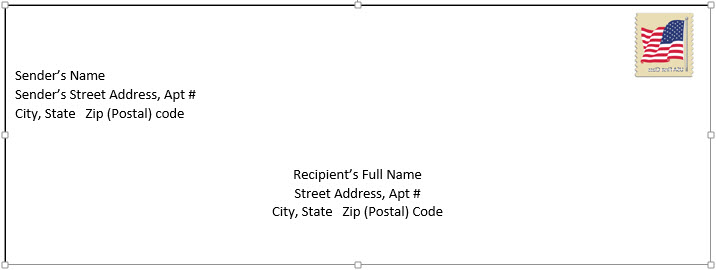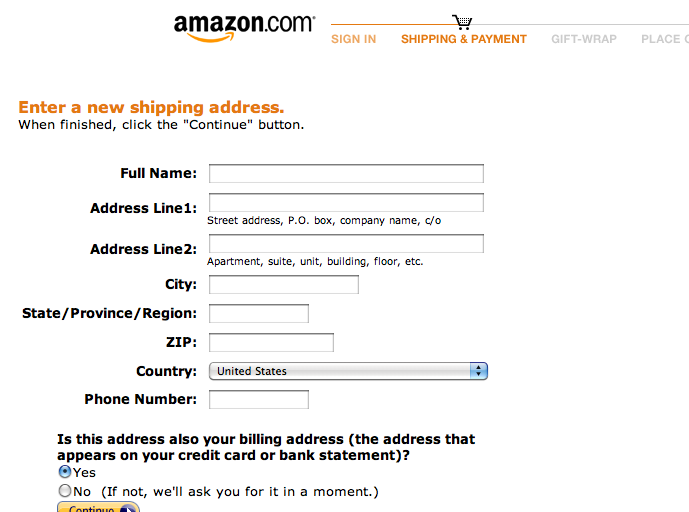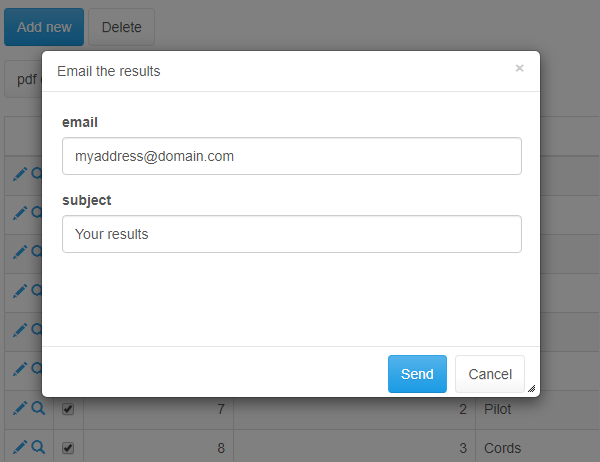
No matter where your number is located, it should be visible from the road. Other common places for building numbers are the curb at the edge of the street or the mailbox. If you aren’t sure what your building number is, try checking somewhere on the side of the building.Īs a general rule, building numbers are typically painted or attachedto the buildings they represent. Your building number is a number assigned to each house, apartment building, office or other type of building to help people tell which is which. You shouldn’t add a comma along with either of the items in address line 1. Simply write or type the street number of your building or house, leave a space, and then finish off the line with your street name.
MYADDRESS LINE FULL
Likewise, if you were giving a friend directions to your apartment on the phone, you wouldn’t just say, “It’s apartment 2b.”įirst, you need to provide directions to your specific street and inform your friend which building in the apartment complex is yours.Īddress line 1, then, can be seen as a kind of preview of the full address.
MYADDRESS LINE HOW TO
If you think about it from the perspective of someone delivering mail, this makes perfect sense.īefore you worry about how to find the specific apartment someone lives in, or which department they work for, you need to make sure you’re at least on the right street. The most important thing about your address is your building number and street name.

The histor y is interesting but unnecessary if all you want to do is understand how to report your address. In the United States, formal efforts to normalize addresses began in the late 1800s and today are nearly complete. Other information, such as apartment number, goes elsewhere, so you don’t need to worry about it here.Īlthough even young children can recite their address, the address system we use today is the end result of close to five hundred years of evolution. When you write an address formally, you split the various parts of it onto several lines to make mail delivery easier and improve legibility. Simply put in the number of your building and the name of the street where you live for address line 1. In short, “address line 1” is just the first part of your address. In the interest of clarity, any description below applies to addresses in the United States of America. In this post, we’ll take a look at the parts of an address and clear up this mystifying mess.īefore we start, it’s worth noting that addresses are formulated differently around the world. Of course, things are even more confusing if you happen to have a nonstandard address or if you’re trying to get something sent to a specific department at a company or other organization.Īlthough the terminology used by forms such as “Address Line 1” and “ Current Address from Date” can be indeed confusing, entering your address is actually fairly easy.

What should be a simple matter of putting in a street name, a street number and possibly apartment or suite number becomes unnecessarily complicated by arcane terms like “address line 1” and requirements that you split your address into a number of separate pieces. What You Can Do?īe sure to pass this simple tip along to friends and family who are moving and need to change their address.Everyone knows their address, but it’s a fact that many people experience anxiety when asked to enter that address into a form or write it on an envelope.

This Earth Day, the United States Postal Service is asking all movers to change their address online at It’s an easy and convenient way to change your address that reduces CO 2 emissions and saves time and natural resources like oil and trees. N Currently approximately 12,500,000 movers change their address online, avoiding the release of about 20,300,000 pounds of CO 2 into the environment. N For every 1 million movers that change their address online, CO 2 emissions are reduced by 1,600,000 pounds. N More than 723,000,000 pieces of paper are used to produce the USPS change-of-address forms every year. N If everyone changed their address online, we would reduce CO 2 emissions by more than 46,000,000 pounds per year and save more than 2,600,000 pounds of paper.

Even a small thing, like changing your address online, can have a big beneficial impact on the environment. More than 41 million Americans move every year - that creates a lot of waste and takes a toll on the environment.


 0 kommentar(er)
0 kommentar(er)
